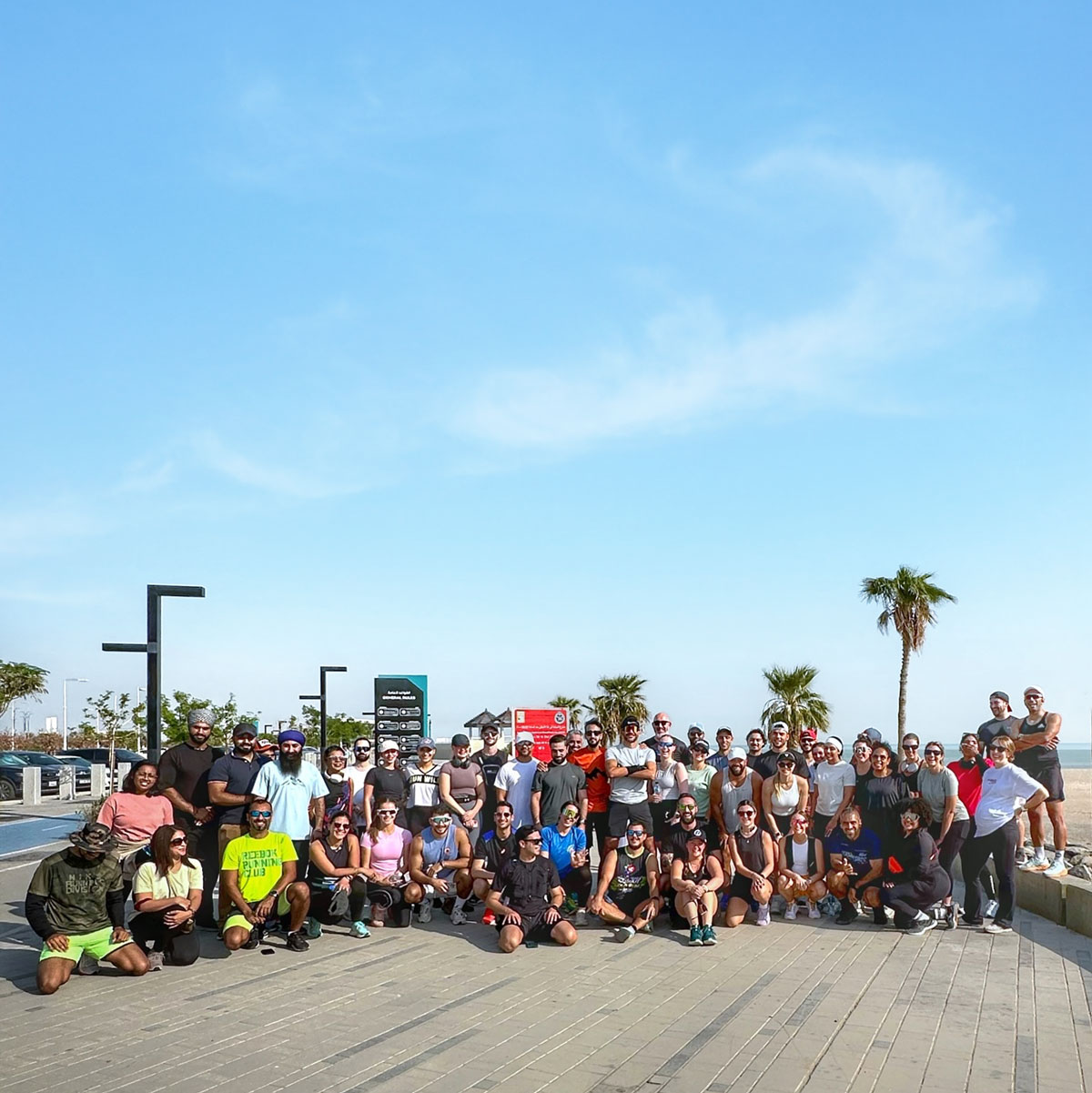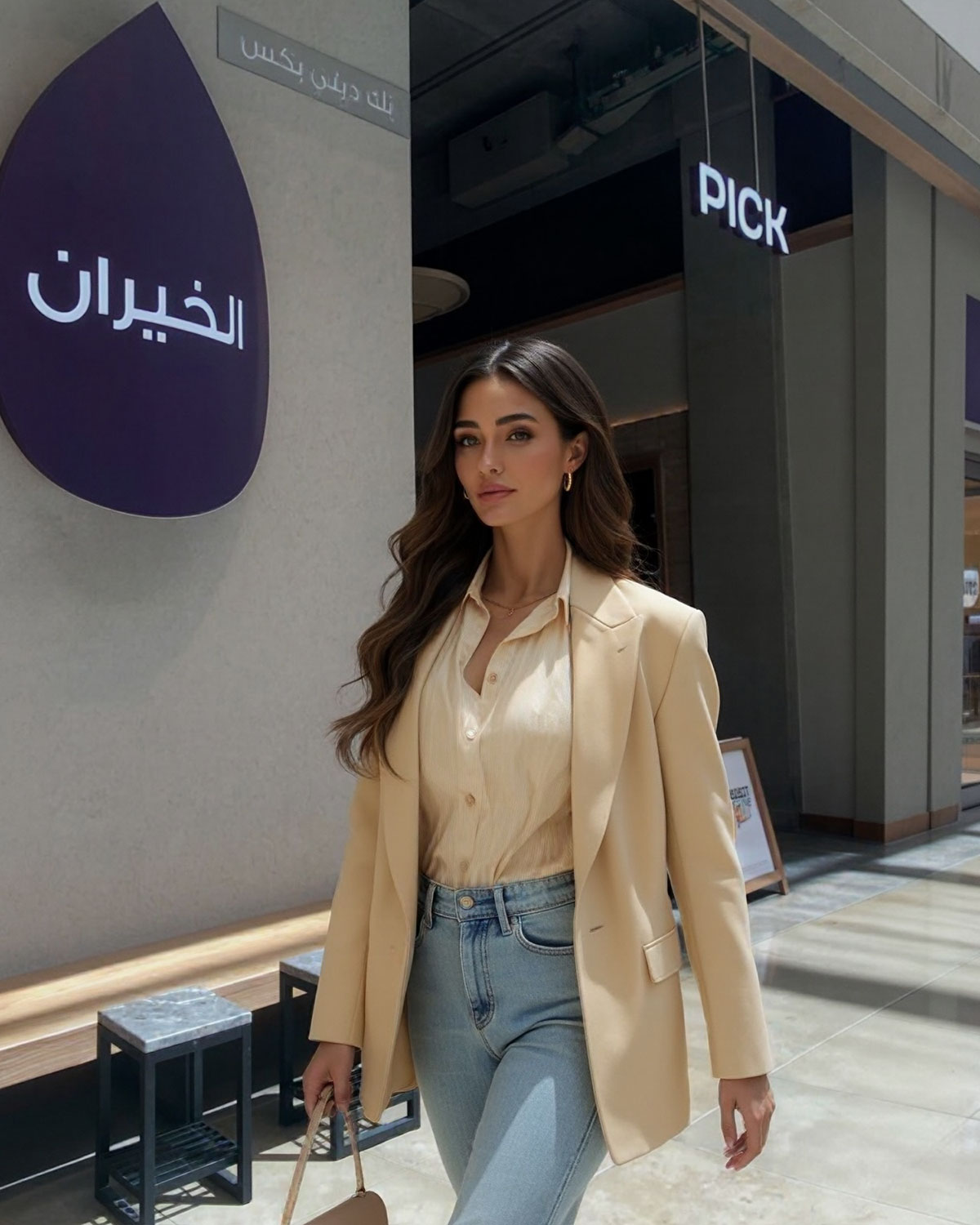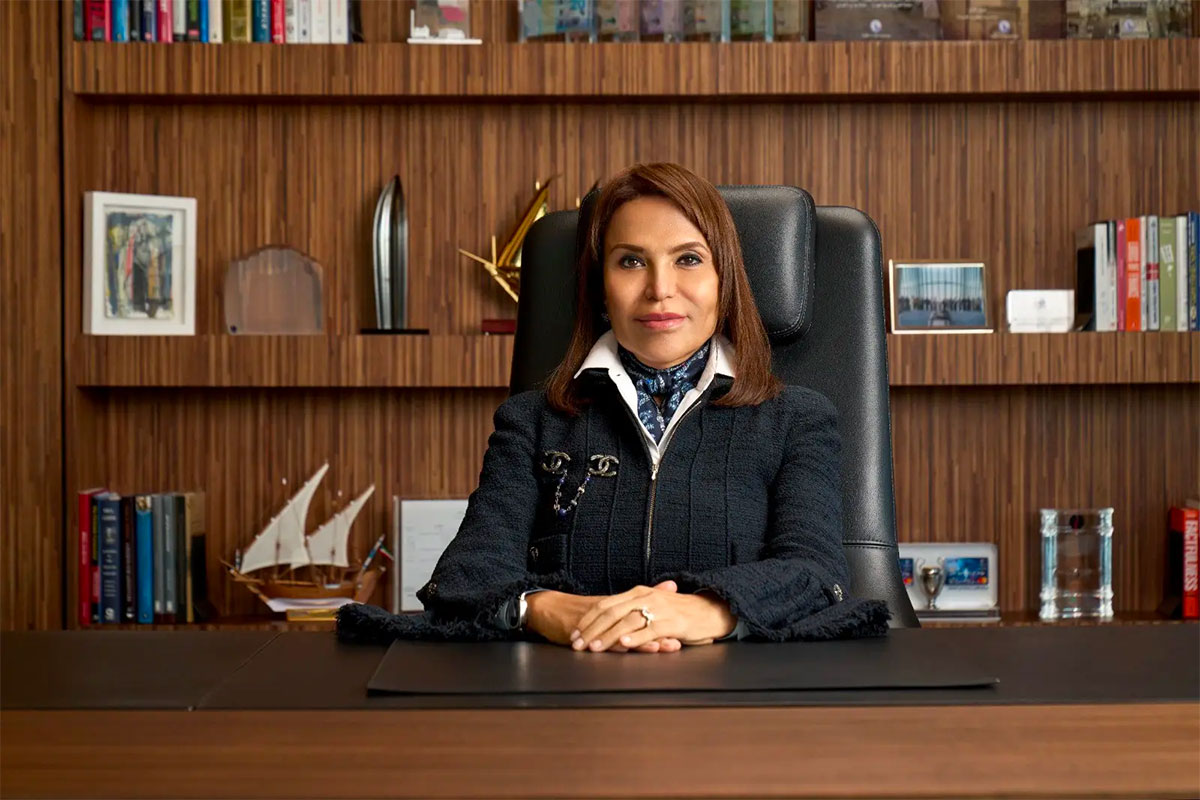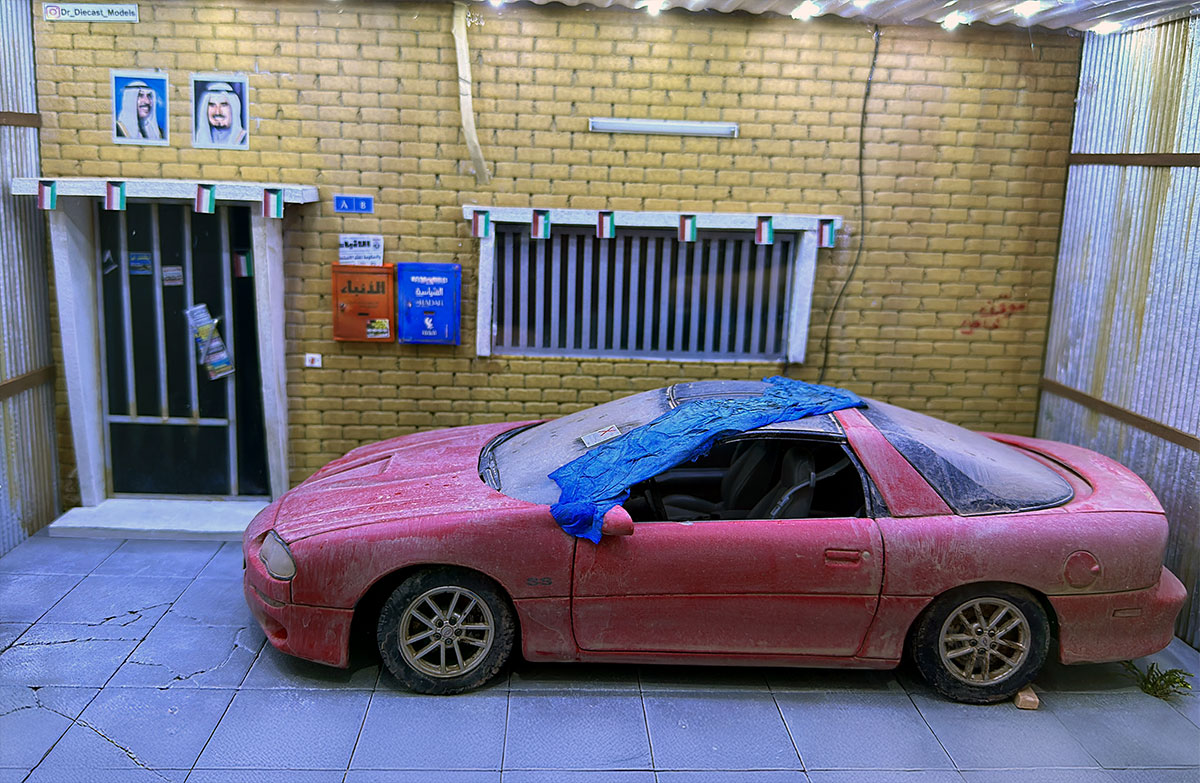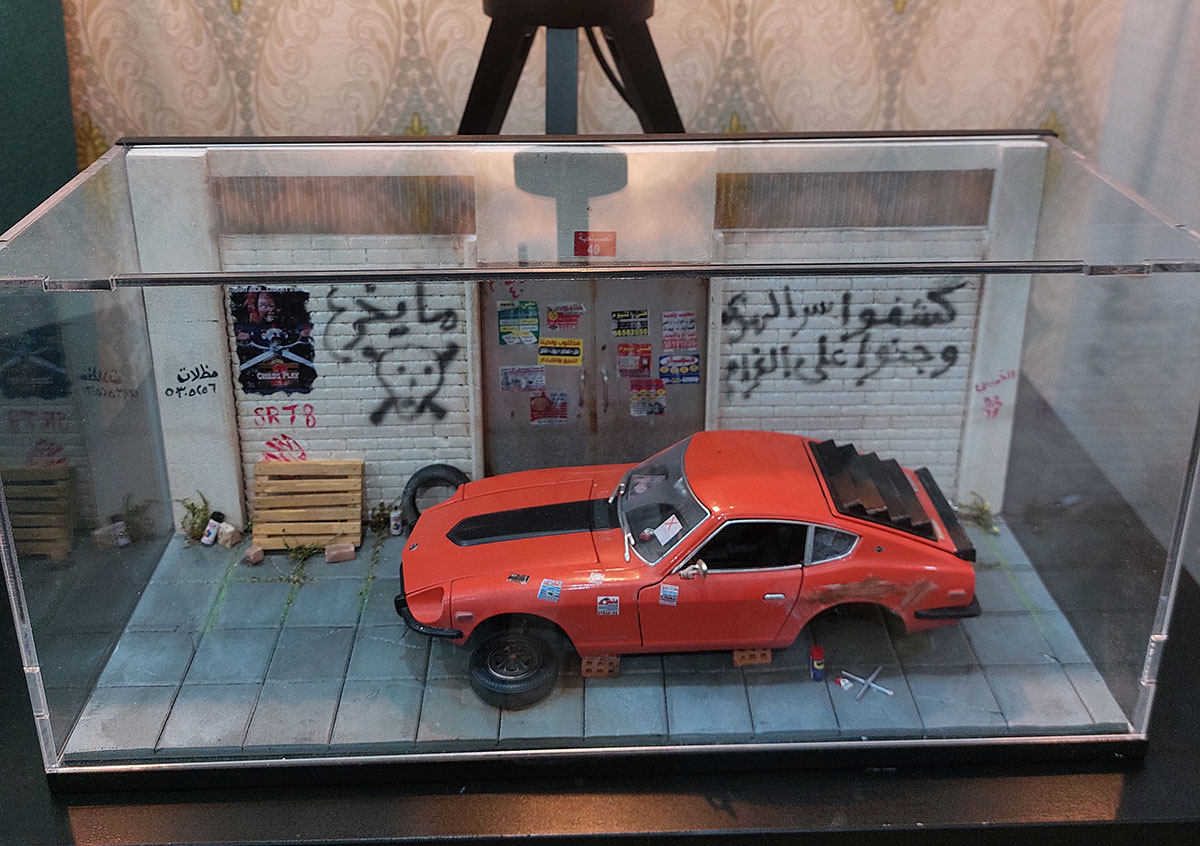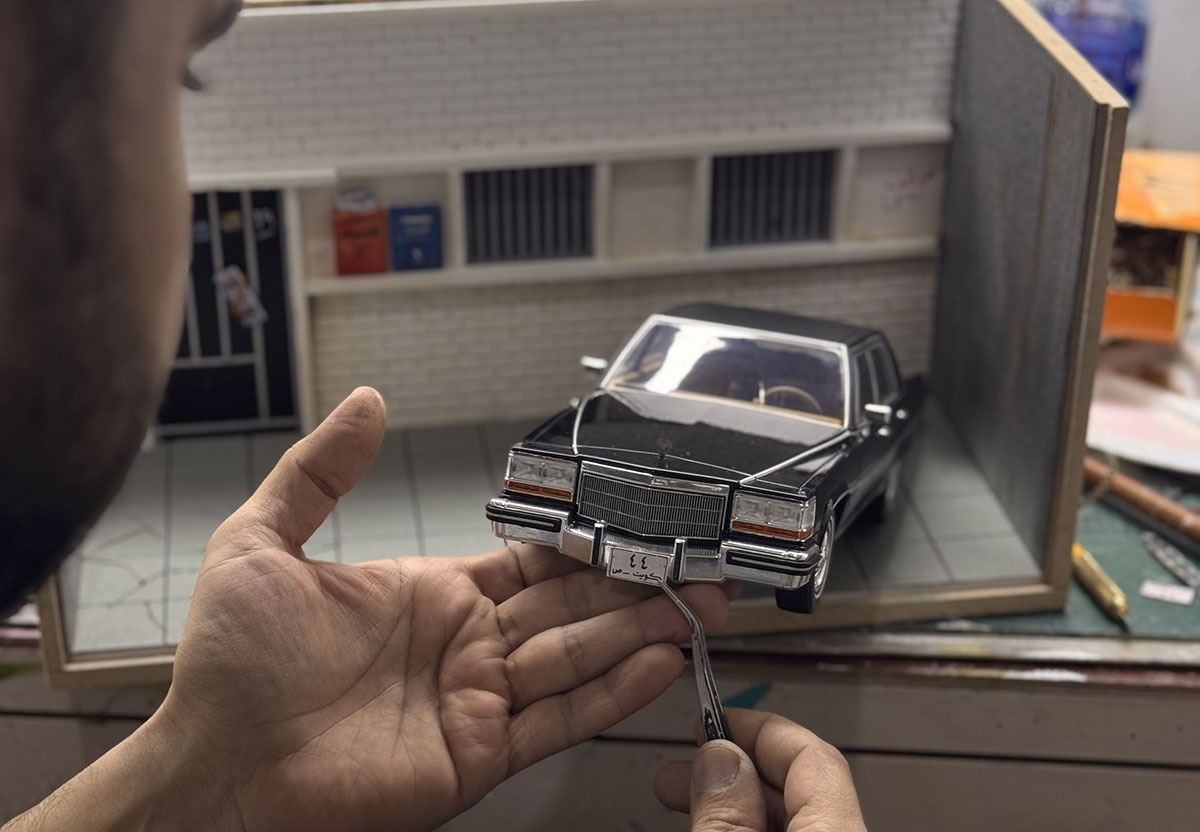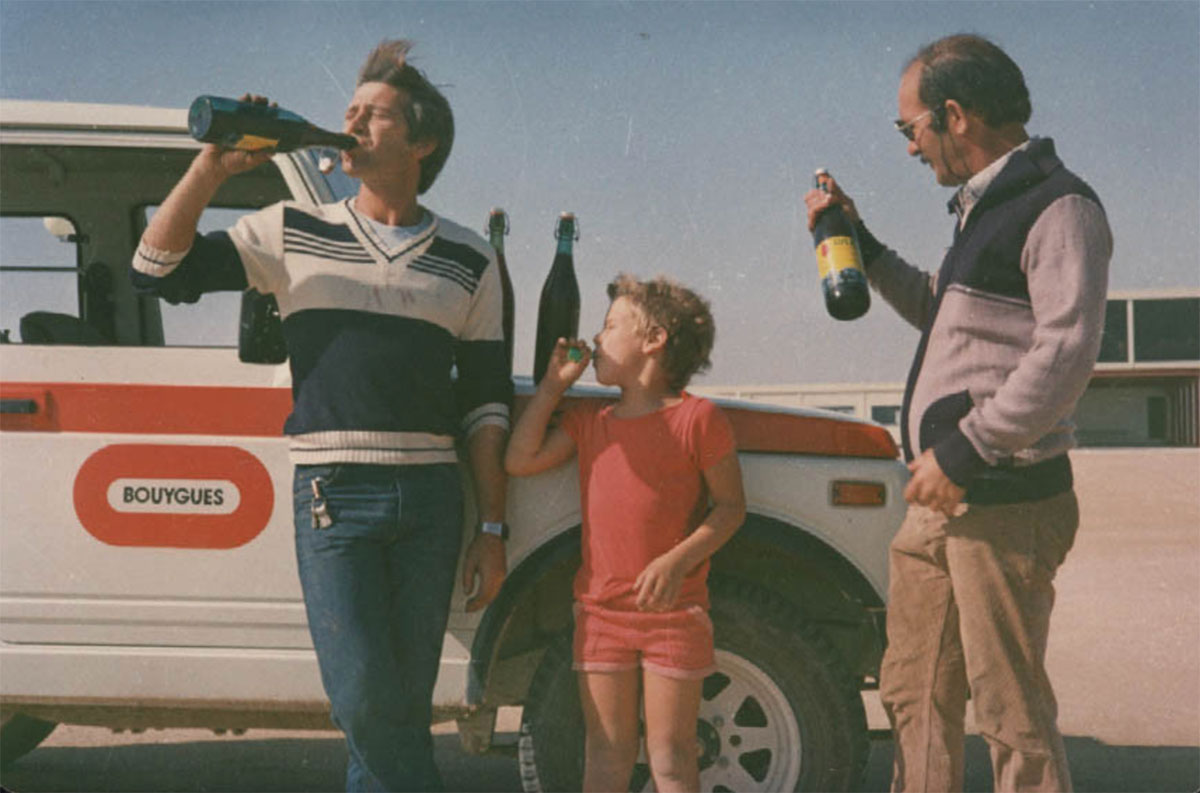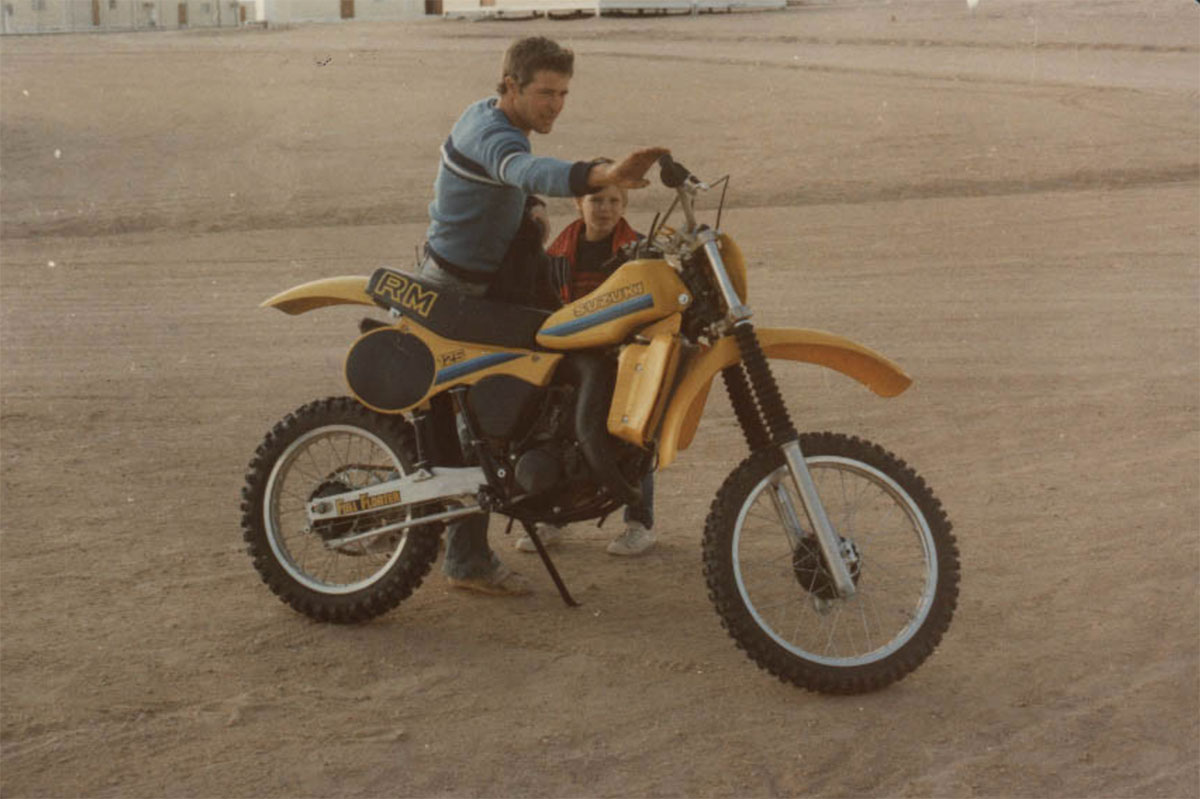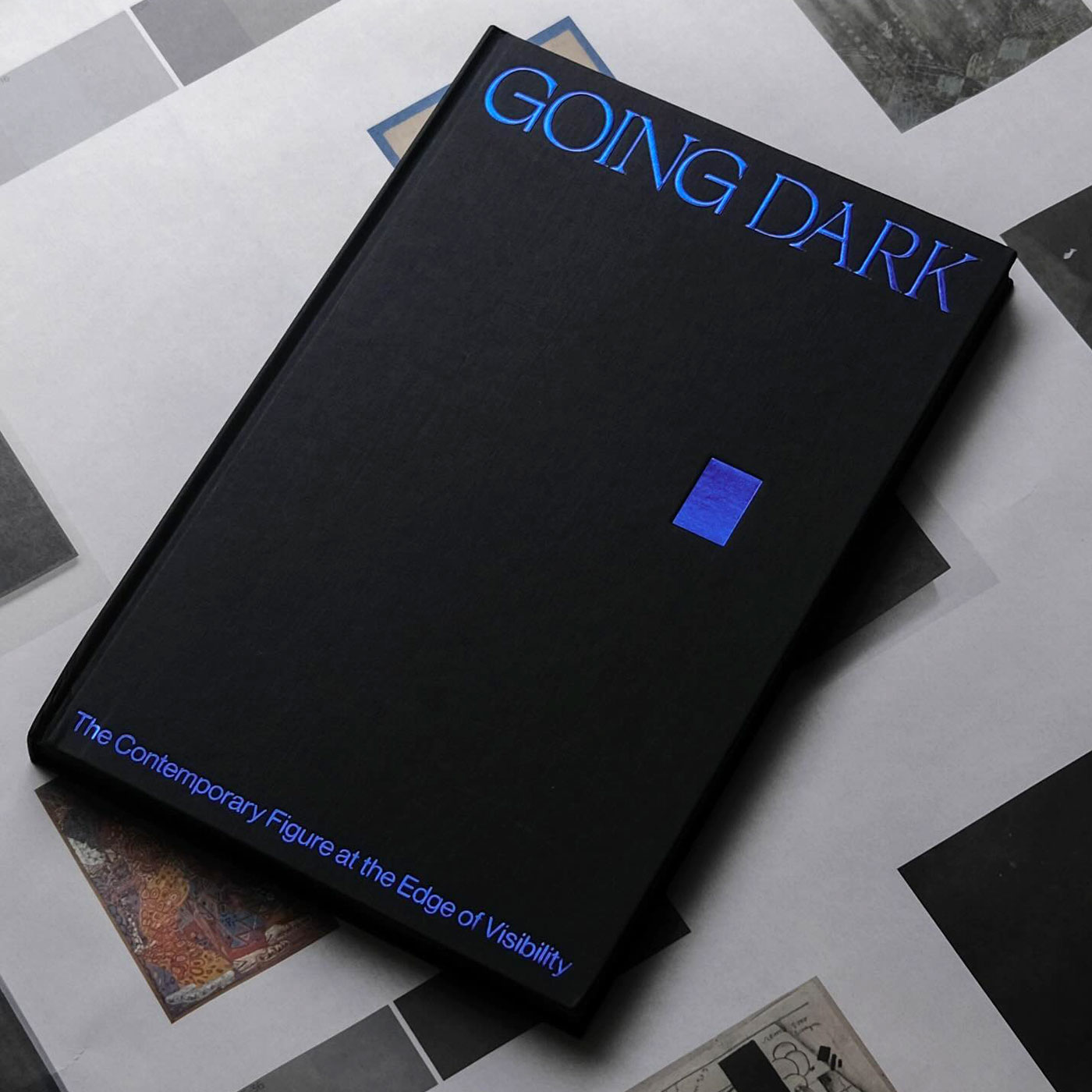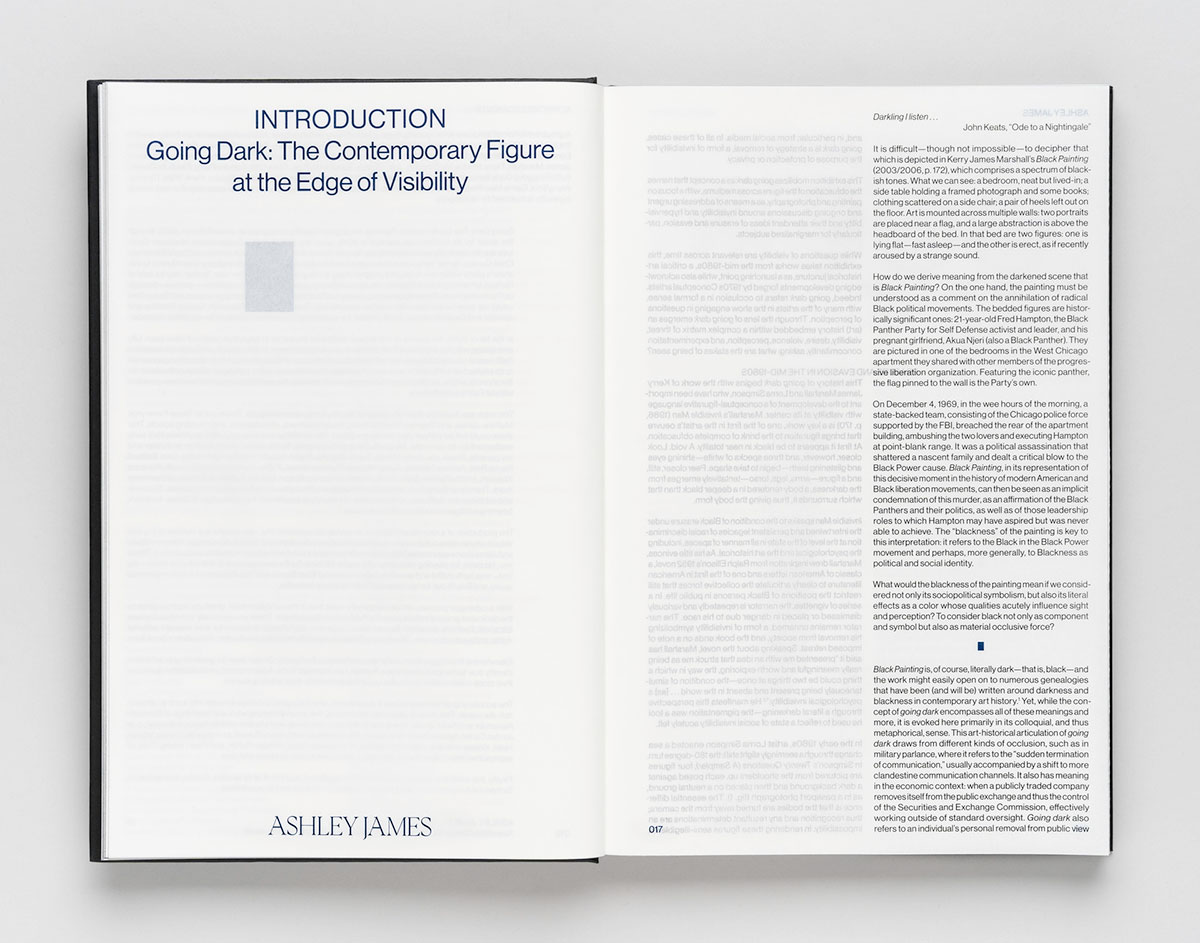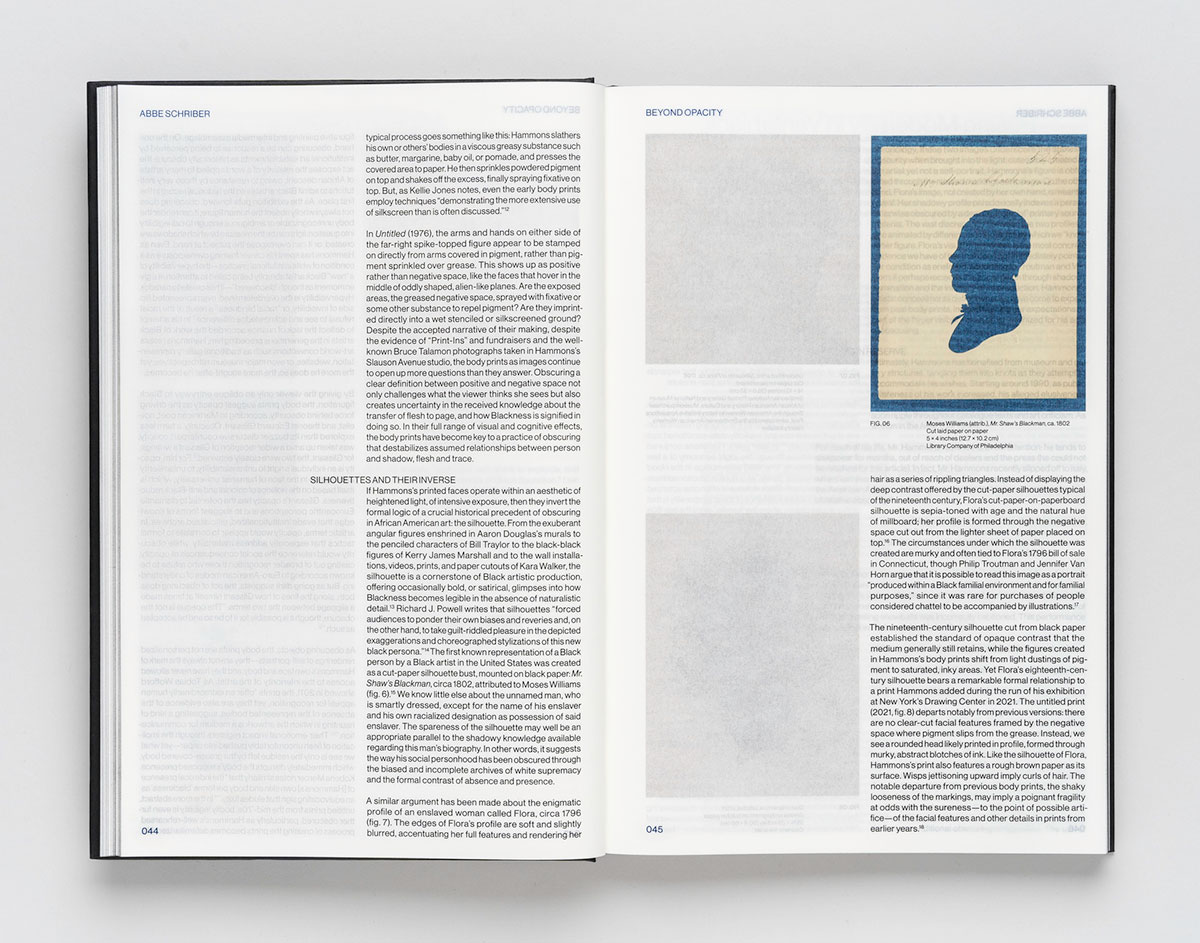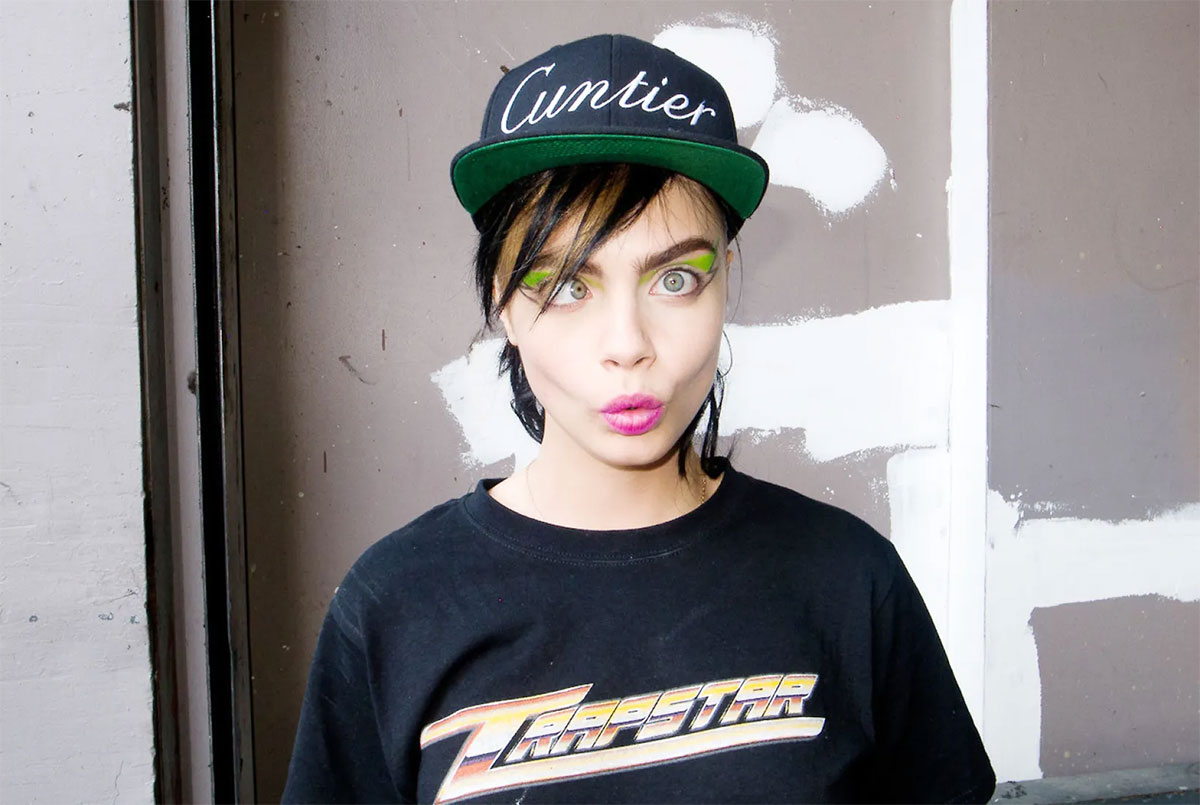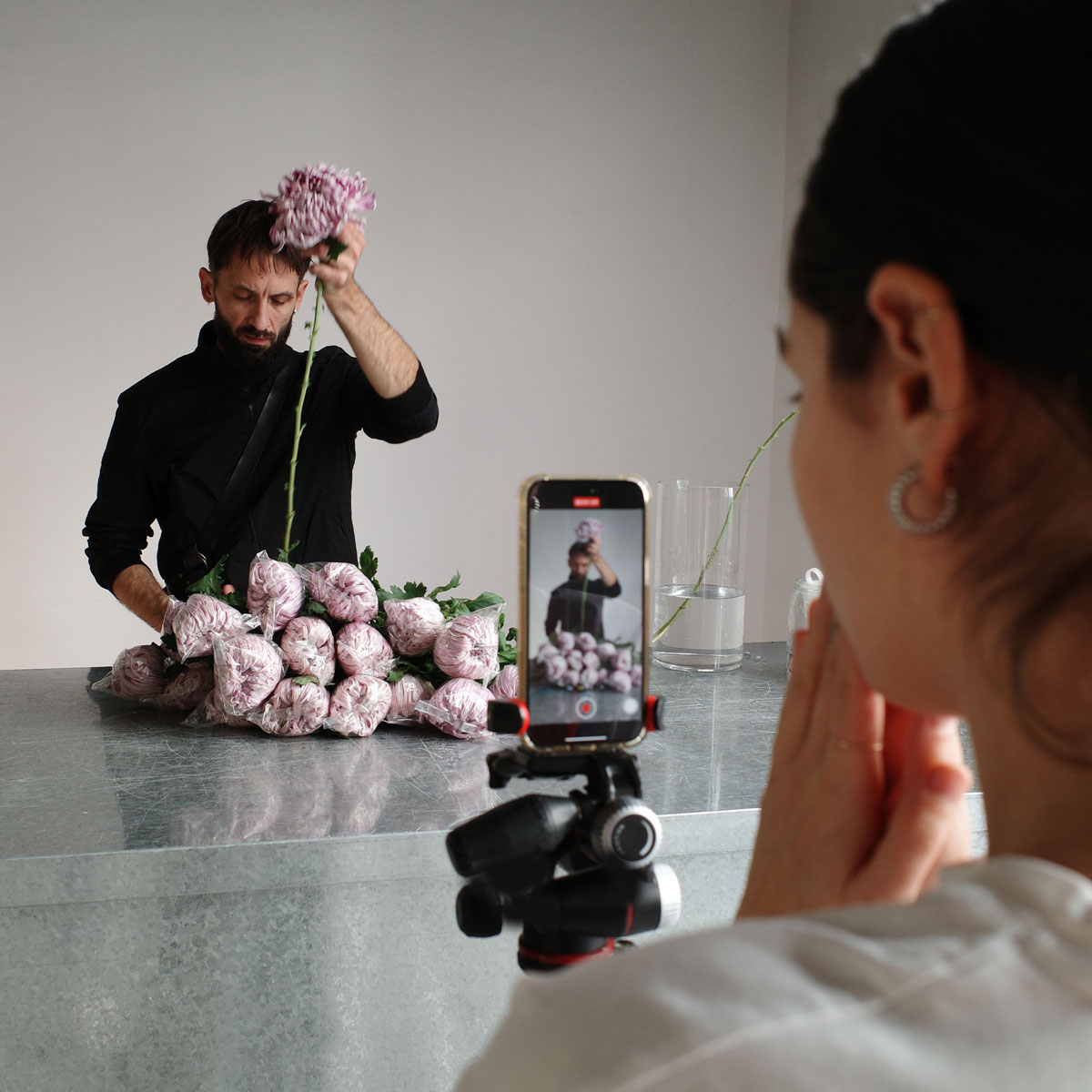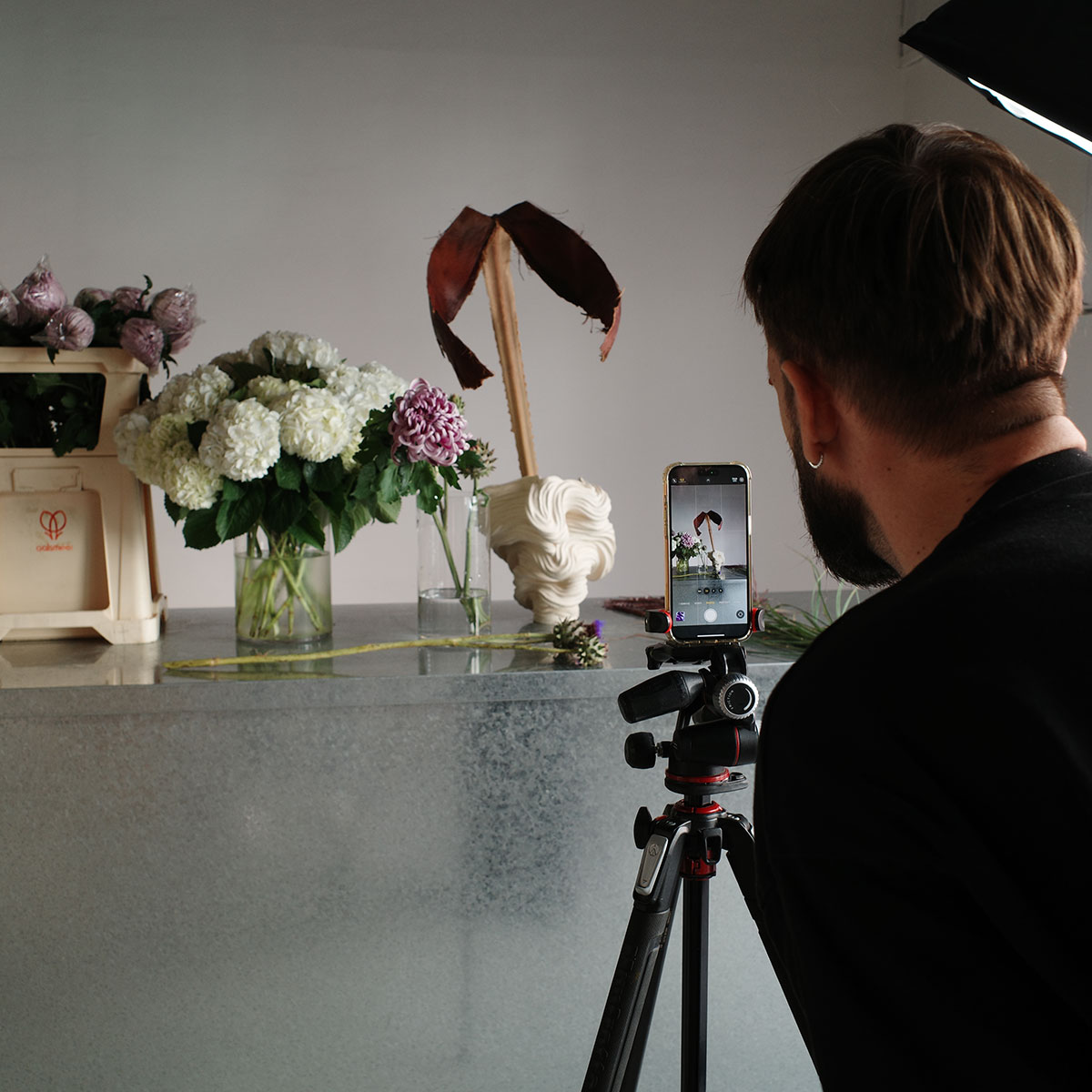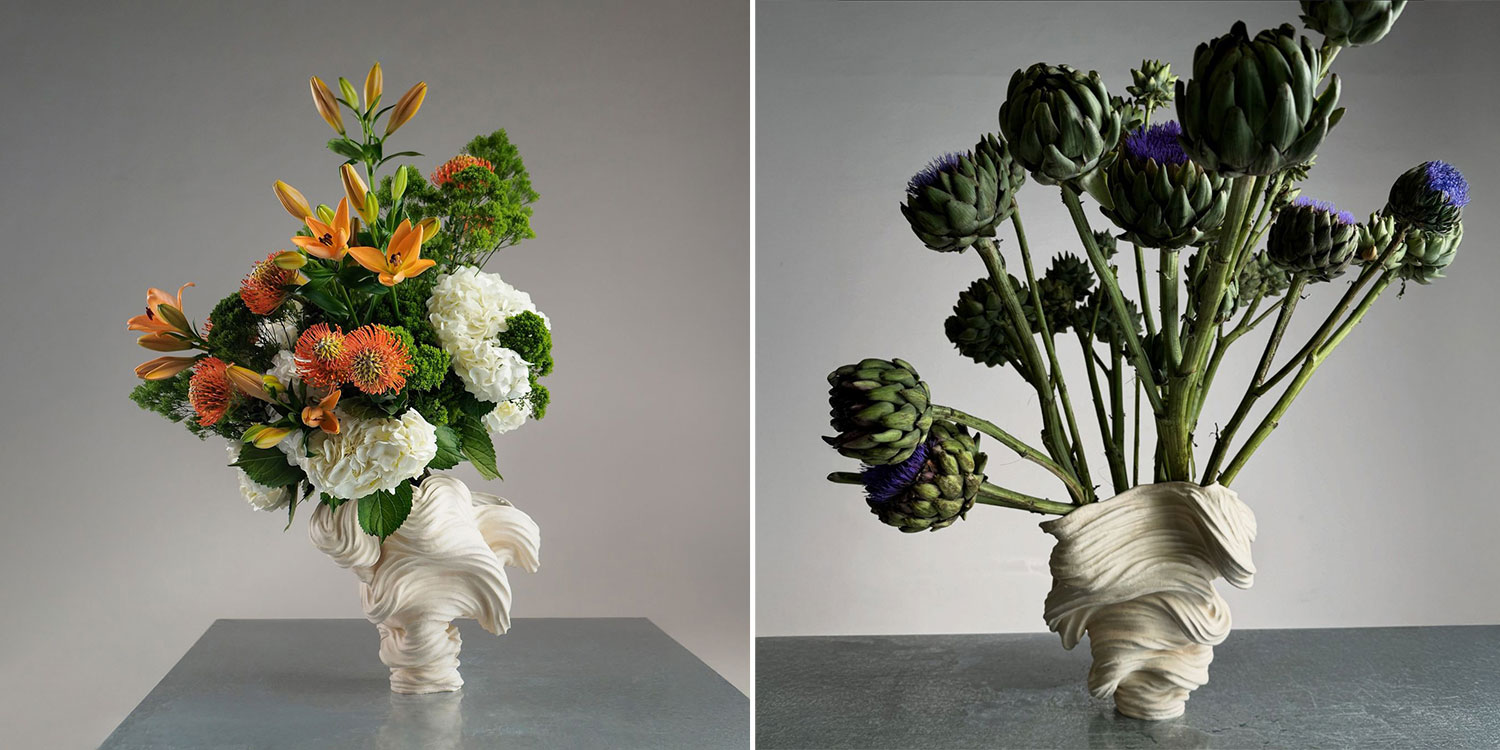
If you look at a KD20 note, you’ll notice a dhow on it. That’s Al-Ghazeer, and I recently found out the story behind it. The illustration on the KD20 was also based on the image used in this post.
This story starts with Mohammad Al-Maskati. Mohammad started sailing at the age of 6 as a Tabab (helper) on pearl-diving vessels, working unpaid while learning the trade. By ten, he was promoted to Rathif (diver’s assistant), earning a small share of profits. Three years later, he became a Ghais (diver) but later moved to trading vessels.
Mohammad joined a trading dhow as a seaman transporting dates and cargo from Basra to India. Within two years, he was entrusted with steering the vessel. Mohammad worked as the Assistant to the Nokhada (Captain) until 1949.
In 1953, Mohammad was appointed as the honorary Nokhada of the fleet belonging to Sheikh Jaber Al-Ahmad Al-Sabah, the future Amir. He also began to utilize his experience and contacts in India within the shipbuilding industry. Over a period of years, Mohammad built 20 ships which he sailed back to Kuwait and the region to sell.

In the 1960s, Mohammad Al-Maskati began working with businessman Husain Marafie. Their relationship proved pivotal, as in the 70s, Marafie enlisted Al-Maskati to build a dhow that would serve as a restaurant for a 5-star hotel he and his family were developing, which later became the SAS/Radisson. The dhow was named Mohammadi II, after Hussain Marafie’s grandfather’s 1916 vessel, Mohammedi I. It was completed in 1979 and became the Al Boom Restaurant in 1982. While building Mohammadi II, there was enough spare wood to build another dhow so Al-Ghazeer was built and completed in 1983.
Husain Marafie and Al-Maskati sailed the Al-Ghazeer dhow from India to Oman, Bahrain, and finally Kuwait, where it received an enthusiastic reception in all three countries.
Al-Ghazeer was later featured on the back of the KD20 banknote as an element that alludes to Kuwait’s rich economic and commercial history that is linked to the deep blue seas.
For the source and more details on this subject, click here.
Note: The post has been updated with additional information since initially publishing.



